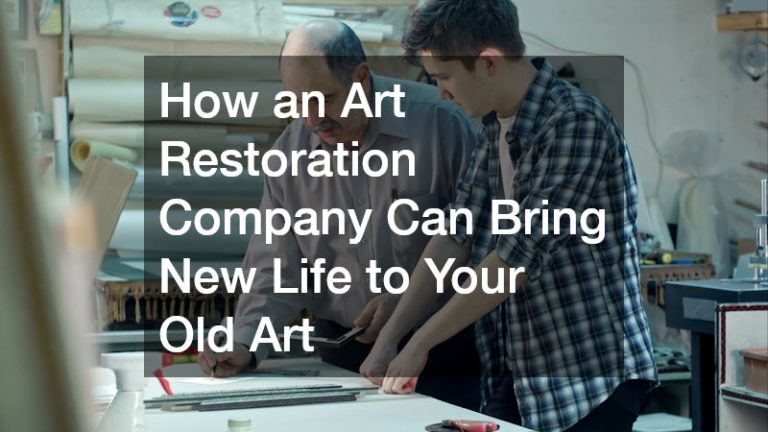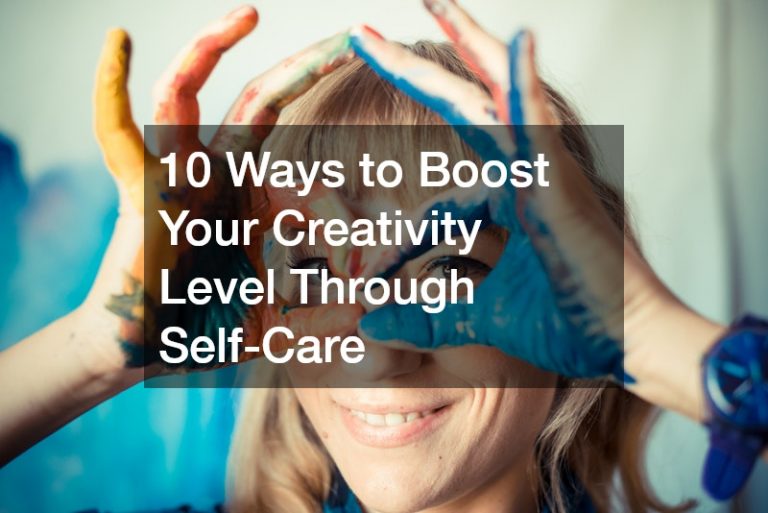The arts have always been an essential part of human society. They allow people to express themselves and communicate their ideas in a way that words cannot. In addition, the arts are a form of entertainment that can relax and refresh people after a long day.
New technologies have begun playing a crucial role in the arts in recent years. These modern technologies have made it possible for people to create and enjoy art in ways that were not possible before. Here are just a few examples of the technologies changing the arts.
1. Virtual Reality
Virtual reality is a technology that allows people to experience an environment that is not there. This technology is often used for gaming, but it is also being used in the arts. For example, the Metropolitan Museum of Art in New York has created a virtual reality experience that allows visitors to explore the museum’s collection in a completely new way.
Virtual reality now goes beyond the visual experience. With haptic gloves, VR headsets, and other devices, people can directly interact with virtual objects and environments similar to the real world. This technology opens up new possibilities for artists to create immersive experiences that can transport people to other worlds.
2. 3D Printing
Many artists are now using 3D printers to create their work. This technology allows artists to create three-dimensional objects from digital models. Artists often use 3D printing to create sculptures and other art pieces that would be very difficult or impossible to create using traditional methods.
But 3D printing is not just for artists. It is also being used by architects, fashion designers, and even musicians. 3D printing gives people the ability to create new things that have never been possible before. With this technology, the sky is the limit.

3. Augmented Reality
Compared to VR, augmented reality is much more accessible technology. AR does not require special headsets or equipment. Instead, it uses the camera on a smartphone or tablet to overlay digital information in the real world.
This technology is being used in various ways, including in art. For example, the app Artivive allows people to see digital art come to life right before them. This app is just one example of how augmented reality changes how people experience art.
Artists also use AR to create new experiences that people cannot find in the real world. For example, the artist Refik Anadol created an AR installation that projects images onto the faces of buildings. Some of these images are famous works of art, while others are entirely new creations.
4. AI and Machine Learning
Machine learning is a type of artificial intelligence that is being used in various ways, including in the arts. Many artists are now using machine learning to create new pieces of art. For example, the painter Tom White uses machine learning algorithms to generate new images. These images are then printed onto canvas and exhibited in galleries.
Machine learning is also being used to create music. The app AIVA is an AI that can compose music in any style. It has already written over 200 pieces of music, and some of these pieces have been played by real orchestras. You can even buy these pieces of music as MP3 files.
5. Blockchain
Artists are also using blockchain technology to create new experiences. For example, the band Imogen Heap has released a song that listeners can only play with a blockchain-based player. The music is stored on the blockchain, and each time it is played, the player must pay a small fee to the artist.
This is just one example of how blockchain is used in the arts. With this technology, artists can create new ways for people to interact with their work. Blockchain also has the potential to help artists protect their intellectual property and ensure that they are fairly compensated for their work.
Because blockchain is a new technology, there are still many unknowns. But as more artists begin to experiment with this technology, we will likely see even more innovative and exciting uses in the arts.
6. Nanotechnology
Finally, nanotechnology is another emerging technology that artists are beginning to use in the arts. Nanotechnology is the ability to manipulate matter at the atomic and molecular levels. This allows artists to create tiny objects that can have a significant impact.
These are just a few of the many technologies playing an increasingly important role in the arts. As new technologies emerge, artists will continue to find new ways to use them to create innovative and exciting experiences. Many of these technlogies are still in their infancy, so we can only imagine what the future of the arts will look like.



